Introduction
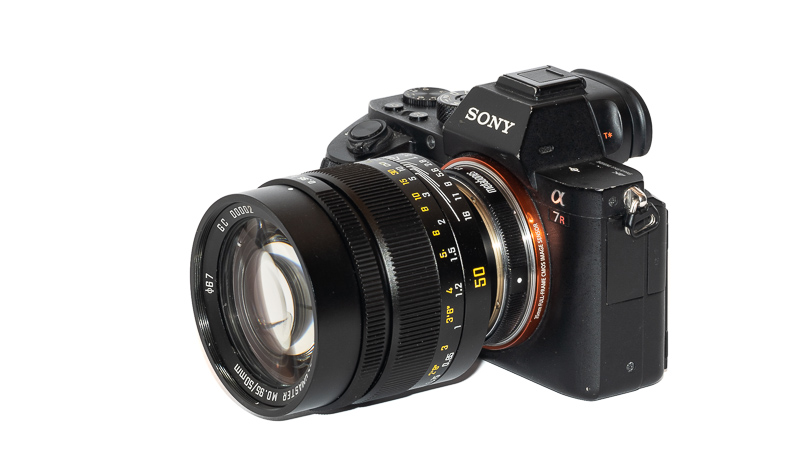
After the TTArtisan 50mm 0.95 we got another unexpected 50mm 0.95 M-mount contender in 2020, this time from Zhong Yi, who already have some experience with making 50mm 0.95 lenses for other systems.
Let us try to found out who offers the better affordable f/0.95 for M-mount!
This lens will be reviewed on the 42mp Sony A7rII and the 24mp Leica M10.
This lens is also part of my Comparison of 6 Super Fast 50mm M-mount Lenses together with the Leica 50mm 0.95 Noctilux-M, the Voigtländer VM 50mm 1.0 Nokton, MS-Optics 50mm 1.0 ISM, Mr. Ding 50mm 1.1 and Voigtänder VM 50mm 1.2 Nokton.
Sample Images
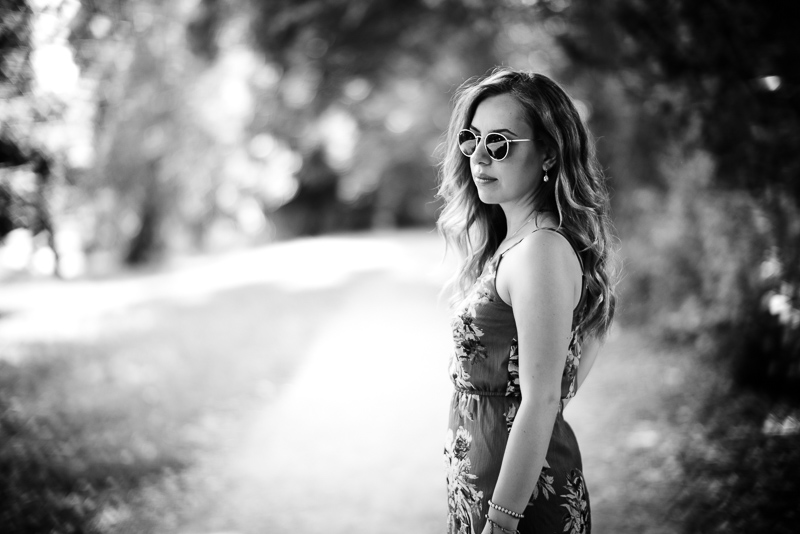
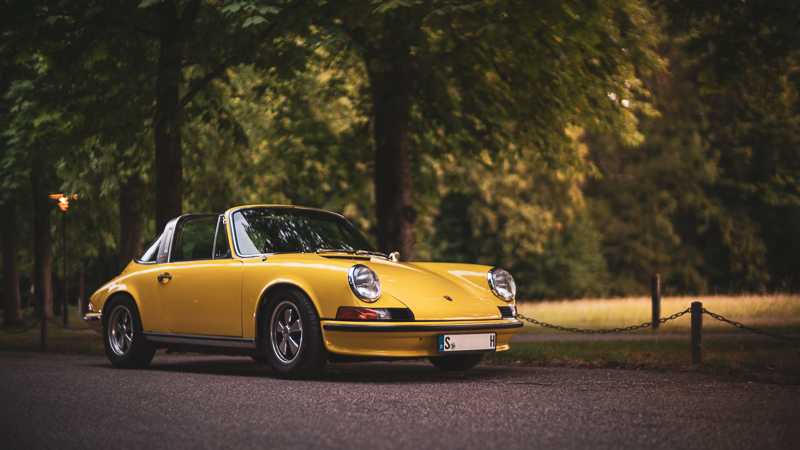

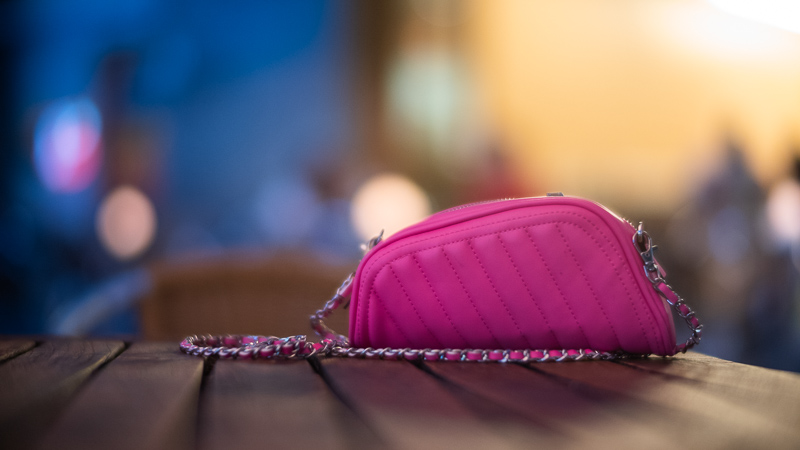
Most of the sample images in this review can be found in full resolution here.
Contents
Specifications / Version History
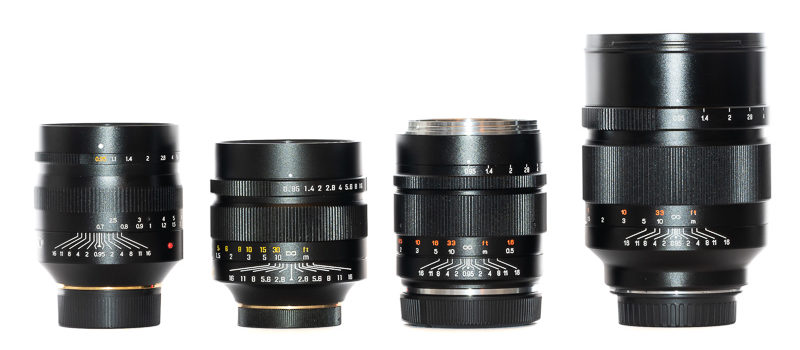
Zhong Yi has been quite busy making 50mm 0.95 full frame lenses, we already had three for E-mount: a short lived 58mm filter thread MK I, the rather famous MK II and the MK III, which has also been ported to a few other mounts. In addition to that they also designed a 50mm 0.95 for EF mount and now this 50mm 0.95 for M-mount which has the following specifications:
-
- Diameter: 74 mm
- Field of view: 47° (diagonally)
- Length: 78 mm (+adapter)
- Weight: 685g (+adapter, without hood and caps)
- Filter Diameter: 67 mm
- Number of Aperture Blades: 9 (slightly rounded)
- Elements/Groups: 11/8

- Close Focusing Distance: 0.75 m*
- Maximum Magnification: 1:11.9 (measured)*
- Mount: Leica-M
*the lens I reviewed had a minimum focus distance of 0.75 m whereas the final production model only allows for 1.0 m
buy from manufacturer’s shop, amazon.com or B&H for $499 (affiliate links)
Disclosure
The Zhong Yi 50mm 0.95 M was kindly provided free of charge by Zhong Yi for reviewing purpose for a duration of 4 weeks.
This was a pre-production sample, so minor changes are still possible.
f/0.95
The very fast maximum aperture is what sets this lens apart from most of the other 50mm lenses. I don’t want to anticipate the conclusion right at the beginning, but if you don’t want to use this lens at f/0.95 there are definitely smarter options available. I will therefore heavily concentrate on how this lens performs wide open, especially as a portrait lens.
Handling / Build Quality
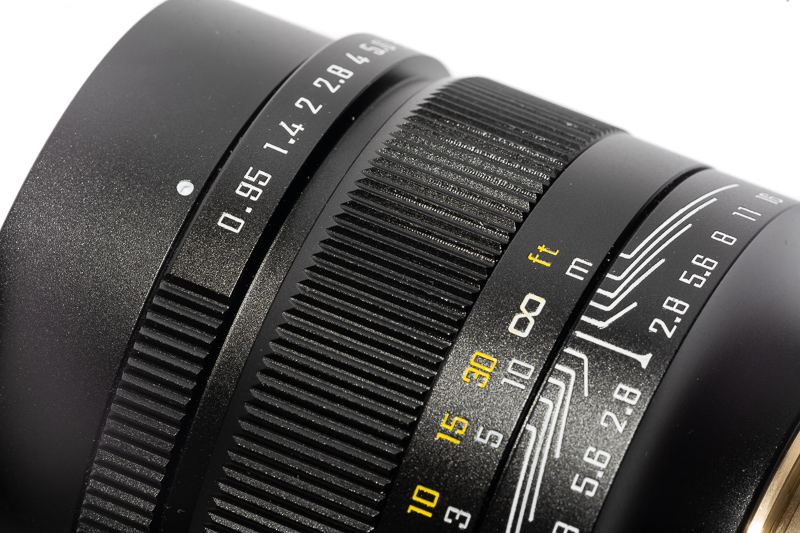
The lens feels tightly assembled and everything seems to be made from metal, but I can’t tell you how durable the lens will be in the long term. All I can do is give you my superficial impression which is positive in this case. Nevertheless I had some mechanical issues with previous Zhong Yi lenses and can only hope they are not preset here as well.
Markings are yellow/white (engraved and filled with paint) and the focus ring has a nice, even resistance and turns about 160° from the minimum focus distance of 0.75 m to infinity.
The aperture ring has equidistant markings but unfortunately no click stops.
The lens features a rangefinder coupling, but I would not recommend to rely on the rangefinder when using this lens at wider apertures, the depth of field is too shallow to consistently get decent results.
Leica knows this, so this is what the M10 manual says about accuracy with fast lenses.
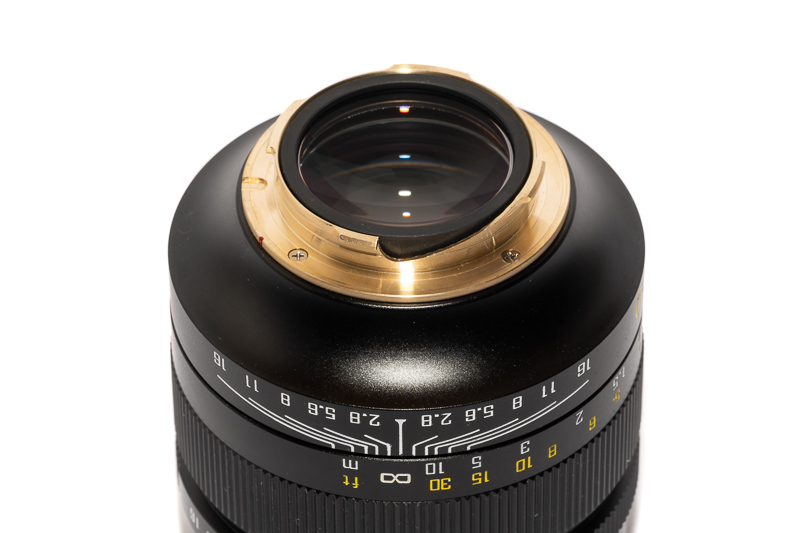
There is no hood included in the package, which did surprise me a bit, as the other Zhong Yi 50mm 0.95 for different mounts shipped with one.
Vignetting
light falloff
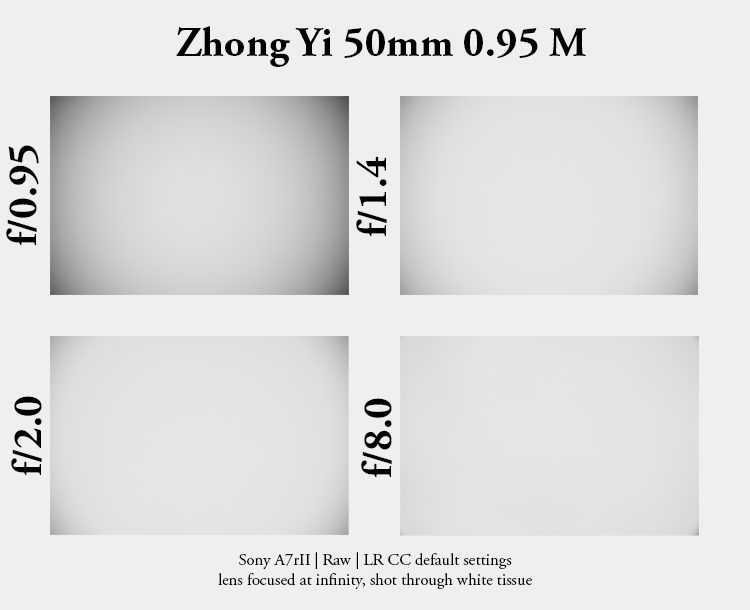
Wide open there is strong light falloff of roughly 2.8 EV in the extreme corners, stopped down to f/1.4 this improves to 1.9 EV, stopped down to f/2.8 it is 1.5 EV and further improves to 1.2 EV at f/8.0.
These values are comparable to the Zhong Yi 50mm 0.95 E-mount lenses and much better than the TTArtisan 50mm 0.95 M.
The TTArtisan lens also showed almost black corners stopped down, this is much less of an issue here, still, the very extreme corners remain rather dark stopped down.
As this is the case for both 50mm 0.95 M-mount lenses I have tried yet (albeit it is significantly less of an issue here) this may be due to the difficulty of making an f/0.95 lens for the small M-mount bayonet.
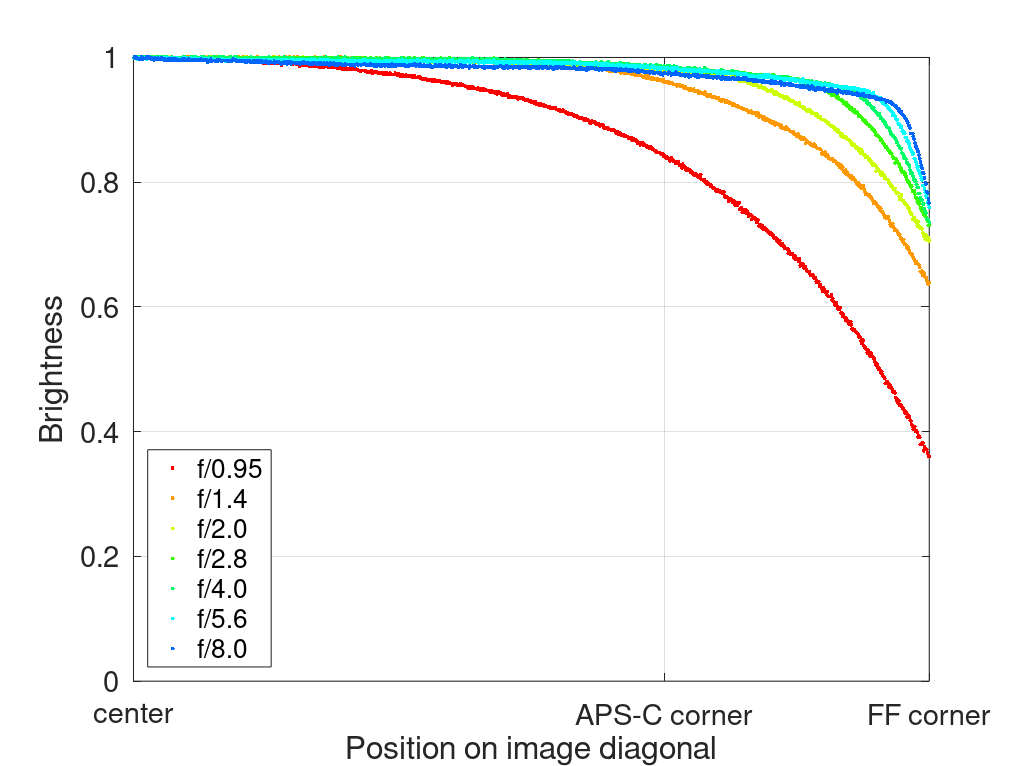
It is recommended to have a look at this article first to get an idea how this brightness graph works.
optical vignetting
Very fast yet compact lenses usually show a significant amount of optical vignetting. Without going too much into technical details optical vignetting leads to the truncation of light circles towards the borders of the frame.
In the center of the frame almost every lens will render a perfect circle, but only lenses with very low optical vignetting will keep this shape in the corners.
So in the following comparison we move from the center (left) to the extreme corner (right) and see how the shape of the light circle changes.
For comparison’s sake I included the Zhong Yi Mitakon 50mm 0.95 II E as well as the TTArtisan 50mm 0.95 M here. All these three lenses show a similar amount of optical vignetting.
What is noticeable: this new Zhong Yi M-mount lens shows none of that strange light spill like on the E-mount version and no onion ring patterns that we have seen with the TTArtisan lens.
This comparison was done at ~0.7 m focus distance, you may get slightly different results at other distances.
Sharpness
infinity (42mp Sony A7rII)
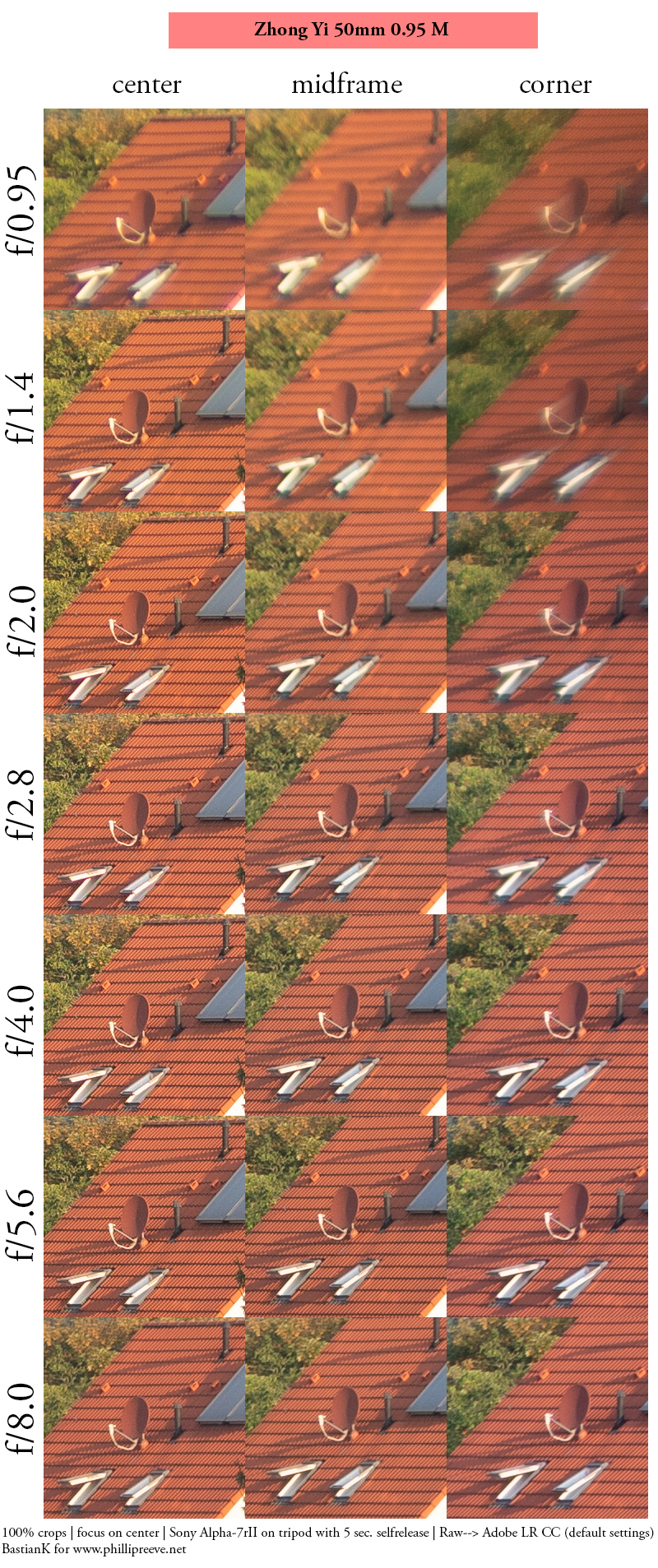
In the center the resolution at infinity is quite okay at f/0.95, midframe looks clearly worse and corners slightly better than the midframe.
On stopping down things improve fast and noticeably; by f/2.8 you have a really good across frame performance, no other 50mm 0.95 lens I have tried was able to archive this so far!
Between f/2.8 and f/8.0 you will get crispy and high resolution files at infinity.
The TTArtisan 50mm 0.95 M showed a significantly worse performance here with more pronounced midzone dip and corners that never sharpened up. I shot the same scene with both lenses so you can easily compare. Interestingly also the Zhong Yi 50mm 0.95 III designed for E-mount shows worse corner performance.
infinity (24mp Leica M10)
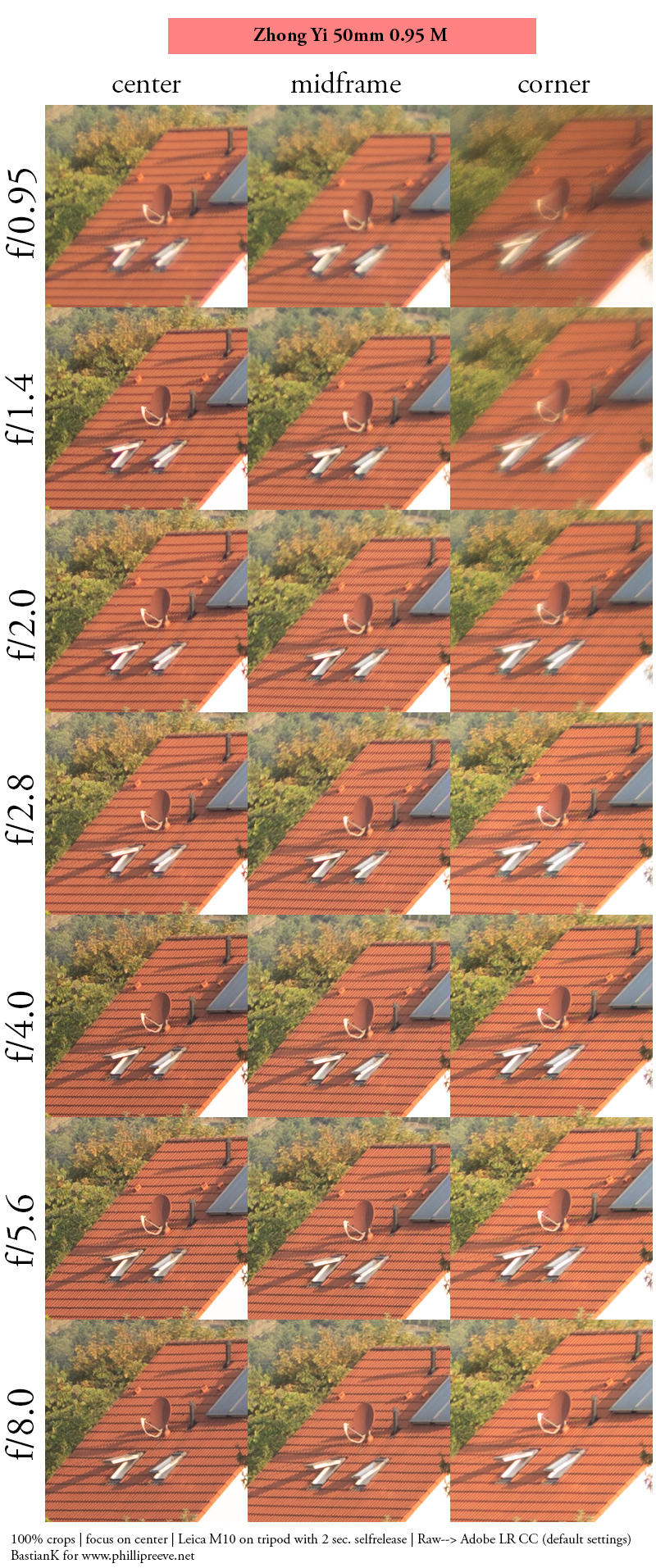
On the M10’s sensor with the thinner filter stack the performance is even better, as I would have expected.
Here the midzone dip is less pronounced and already by f/2.0 you get nice across frame performance.
Again, significantly better performance than the TTArtisan 50mm 0.95 M here.
portrait distance
For portraiture it isn’t so important how flat the field is, it is more interesting to see what the sharpness is like when focused at different parts of the frame to take field curvature out of the equation.
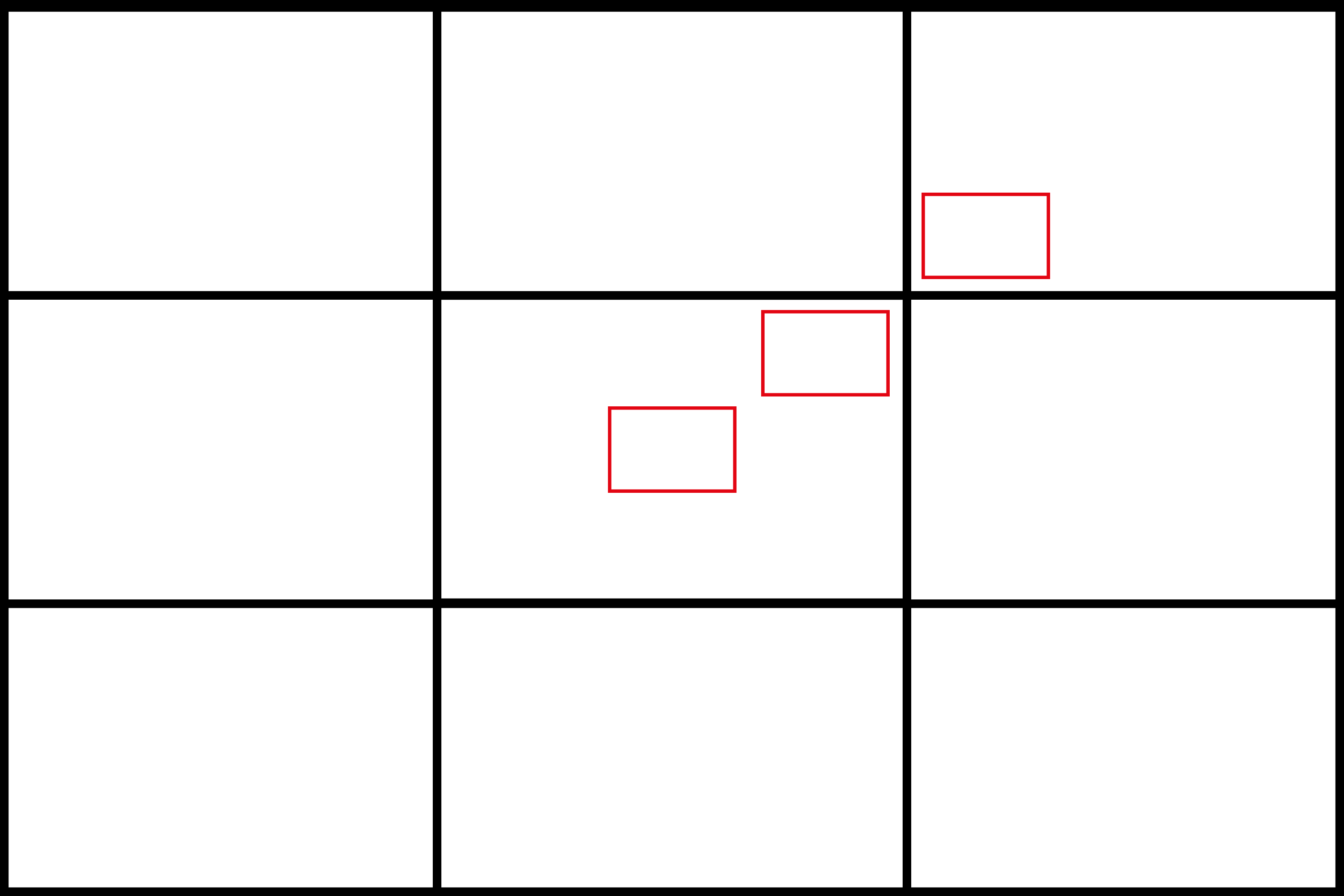
We will be looking at 100% crops from the 24mp Sony A7III and the Leica M10. Both cameras do not have an anti aliasing filter in front of the sensor.
2.1m distance (24mp Sony A7III vs 24mp Leica M10)
Sony A7III <—> Leica M10
observations
In the center and midframe there are hardly any differences between Sony A7III and Leica M10 whereas in the outer midframe the Sony looks slightly better.
This also matches my findings in the field, where I got more consistent results at f/0.95 on the Sony cameras, which may also be due to this lens being harder to focus on a Leica body (even in liveview due to worse maximum magnification).
Below is an example what this will look like in the field:
Sony A7rII | Zhong Yi 50mm 0.95 | f/0.95
1.4m distance (24mp Sony A7III vs 24mp Leica M10)
Sony A7III <—> Leica M10
observations
Performance on both the cameras is very similar here. Interestingly the lens performs worse in the outer midframe here compared to longer distances.
The Zhong Yi 50mm 0.95 M seems to be optimized for slightly longer distances in general.
If you compare the results at 1.4 and 2.1 m to those of the TTArtisan 50mm 0.95 M the TTArtisan lens looks a bit contrastier at these distances.
close (0.75 m, 1:11.9)
100% crops from center, A7rII, because of focus shift (see corresponding section) I refocused for every shot.
Similar to many other (especially fast) lenses without a floating elements design the performance wide open at the minimum focus distance ain’t that great at wider apertures.
At f/0.95 the image is very soft with lots of spherical aberration.
Stopping down yields steady improvements and by f/2.0 the performance is good with f/2.8 being very good.
Flare resistance
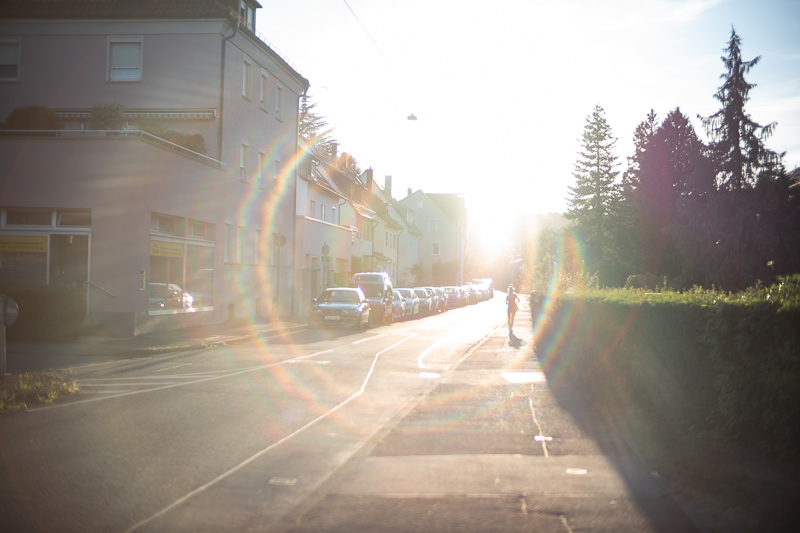
The Zhong Yi 50mm 0.95 E lenses really struggled here and the Zenitar 50mm 0.95 E set a new negative record so my expectations certainly weren’t high to begin with.
At maximum aperture with a strong light source in the center of the frame a ring flare (internal reflections) can be very easily provoked. Just moving the aperture ring a tiny bit (to something like f/1.0) almost completely removes that ring flare.
You can still easily catch ghosts at all apertures though.
Leica M10 | Zhong Yi 50mm 0.95 M
With the sun close to the corner of the frame you can make almost every lens look bad, this is also the case here, but even with the sun at the border and slightly out of the frame you can get massive flare:
Leica M10 | Zhong Yi 50mm 0.95 M
I wish Zhong Yi made some improvements here over the years. As it is the performance is comparable to the Zhong Yi 50mm 0.95 E lenses and therefore slightly worse than the TTArtisan 50mm 0.95 M.
Coma
There is very obvious coma at f/0.95 and f/1.4 which has been true for every f/0.95 lens I reviewed so far. Surprisingly though it clears up quite fast from there on and stopping down to f/2.0 improves the performance significantly, which is also reflected in the sharpness infinity charts.
100% crops from extreme corner, focused on corner, A7rII
The performance here is similar to that of the E-mount version of Zhong Yi 50mm 0.95 III and noticeably better than that of the TTArtisan 50mm 0.95.
Distortion
Sony A7rII | Zhong Yi 50mm 0.95 | f/8.0
The Zhong Yi 50mm 0.95 M shows barrel distortion with a slightly wavy sub frequency. You can mostly correct the distortion by dialing in +5 in Lightroom or Photoshop but for a perfect correction a lens specific profile would be necessary.
Bokeh
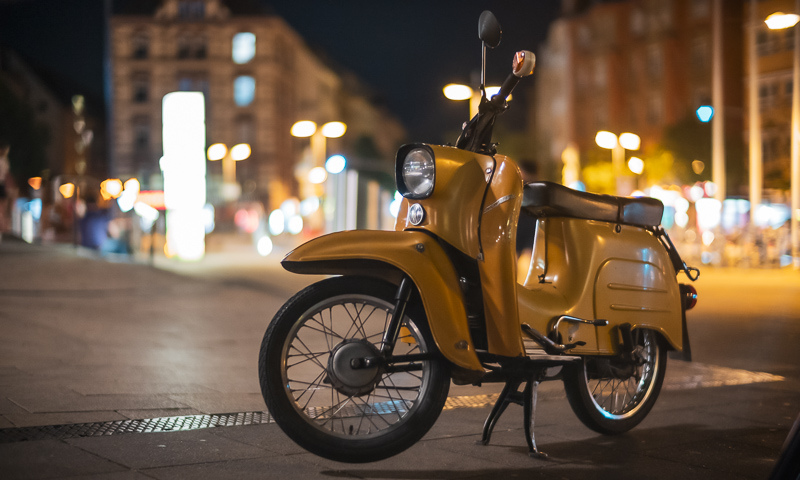
When looking for an f/0.95 lens the bokeh rendering will most likely be the most important aspect to you, it most certainly is for me.
It is obvious that there are slower lenses that offer higher resolution, contrast and generally better correction of optical aberrations.
Still, for some a very nice bokeh rendering can easily make up for that in the hunt for the best bokeh. Let us have a closer look how the Zhong Yi 50mm 0.95 M compares here.
Close to the minimum focus distance we have butterly smooth bokeh, but as we have already seen in the sharpness close section the lens is not exactly bitingly sharp at these distances and obviously the depth of field is thin as paper, which is something than can also be used to great effect.

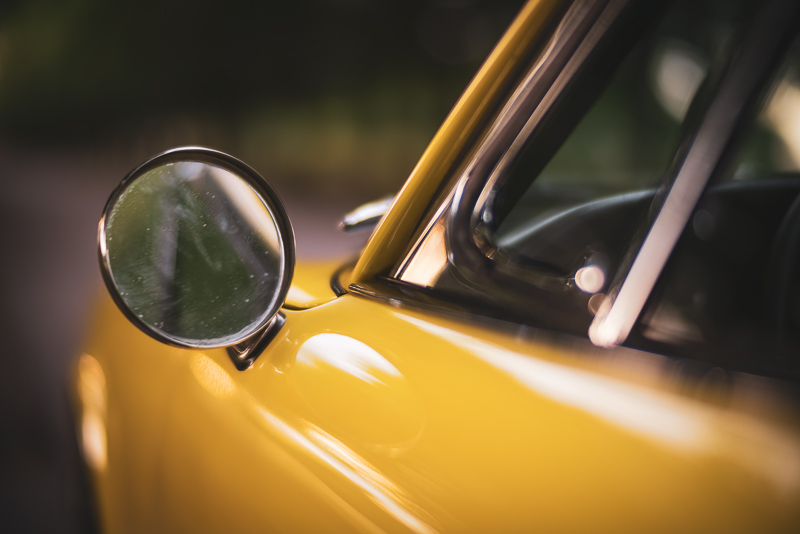
From head- to head-and-shoulder-portrait distance (roughly 1.2 to 1.5 m focus distance) the lens shows very smooth in-focus to out-of-focus transitions and also butterly smooth backgrounds which was already true for the Zhong Yi 50mm 0.95 E-mount lenses.

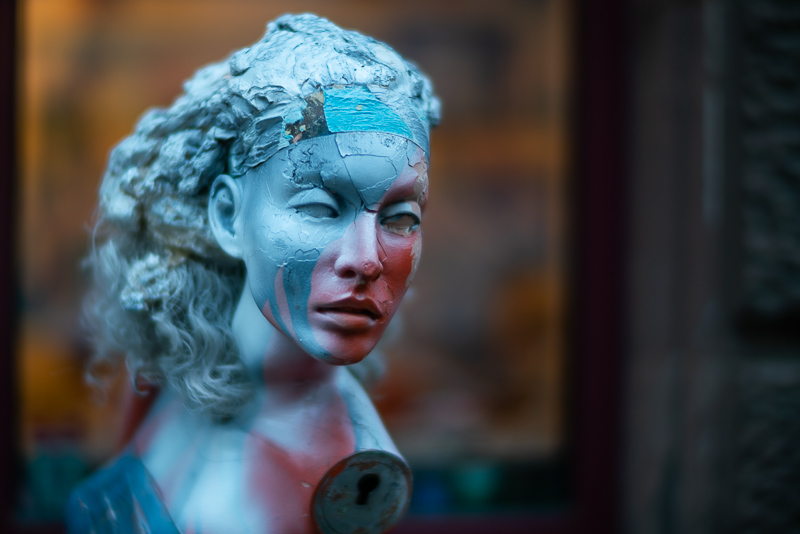
At half-body-portrait distance the bokeh in center and midframe is very nice but you begin to see some deteoriations towards the corners which can even lead to a slighty swirl effect.

This gets more pronounced the further your subject is away from you. At full-body-portrait distance (rougly 3.0 m) some optical aberrations (especially coma and astigmatism) are more easily visible and can make the corners look a bit distracting.

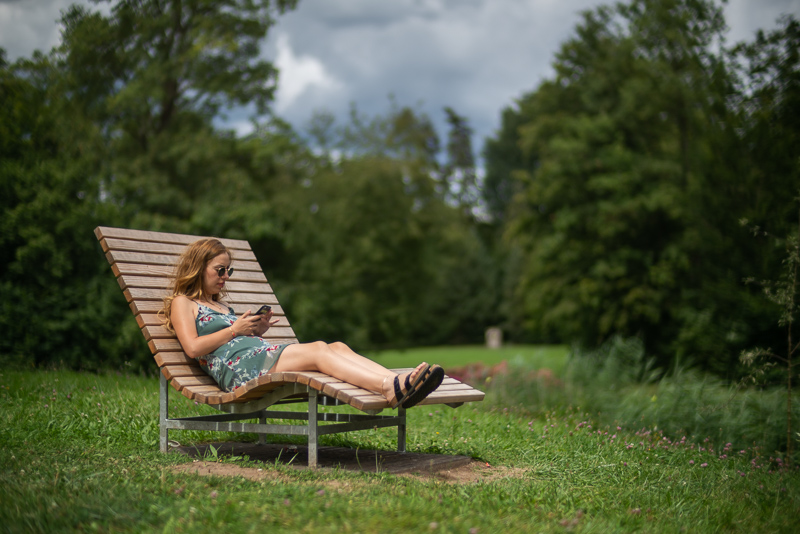
At even long focus distances the highlights can take on rather weird triangle shapes towards the borders:
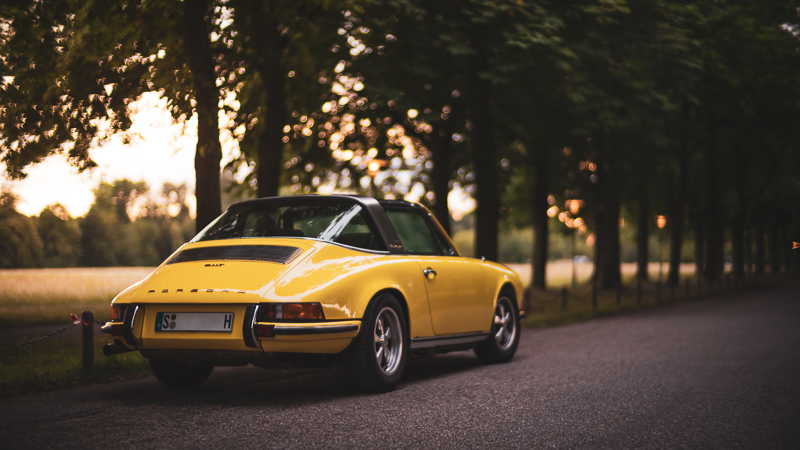
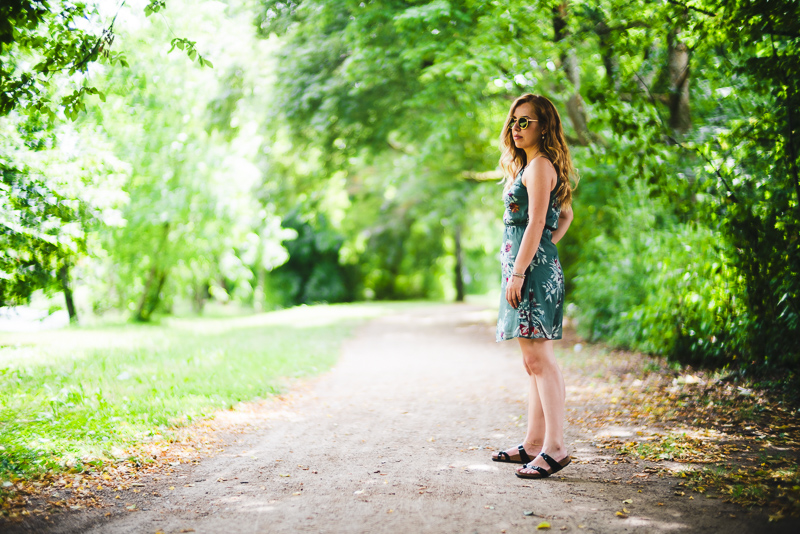
This is mostly due to coma, some other lenses that can show comparable bokeh in such situations are the Sigma 30mm 1.4 EX (APS-C) and the Sigma 50mm 1.4 EX.
In most situations I found the bokeh of this lens very pleasing and more so than that of the TTArtisan 50mm 0.95 M, keep in mind though: I did not directly compare the two lenses side by side in this regard.
The Zhong Yi 50mm 0.95 for E-mount show less triangular bokeh at longer distances (rather trapezoidal) but they have some “light spill” issues at f/0.95 (see my review) so all in all I see a draw here.
Sunstars
The diaphragm of this Zhong Yi 50mm 0.95 M has 9 rounded blades and their alignment isn’t exactly perfect, therefore the sunstars are rather undefined.
If you want to know more about sunstar rendering of different lenses have a look at this article.
50% crops from center, A7rII
Chromatic aberration
lateral
100% crops from border, A7rII
Lateral CA are quite pronounced, they can mostly be corrected in camera (for Jpegs) or in a raw developer like Lightroom by one click.
longitudinal
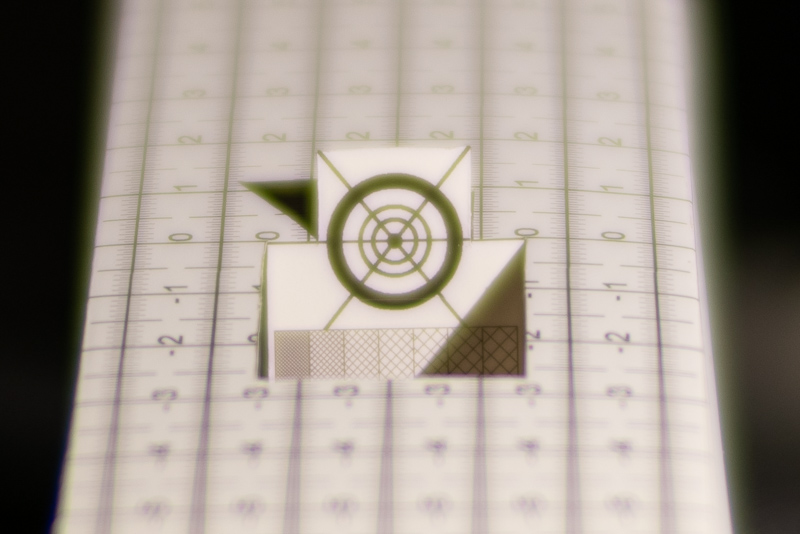
In close up scenarios there is green behind and magenta in front of the focal plane visible, but this aberration is masked by spherical aberration a bit when shooting at wider apertures here. On stopping down to f/2.0 they are mostly gone and on stopping down to f/2.8 you almost completely get rid of this aberration (see focus shift section).
In extreme scenes like the one below you can easily spot longidutinal CA. Without having done a direct comparison it seems to me loCA are slightly better corrected than on the Zhong Yi 50mm 0.95 E III and comparable to the TTArtisan 50mm 0.95 M.
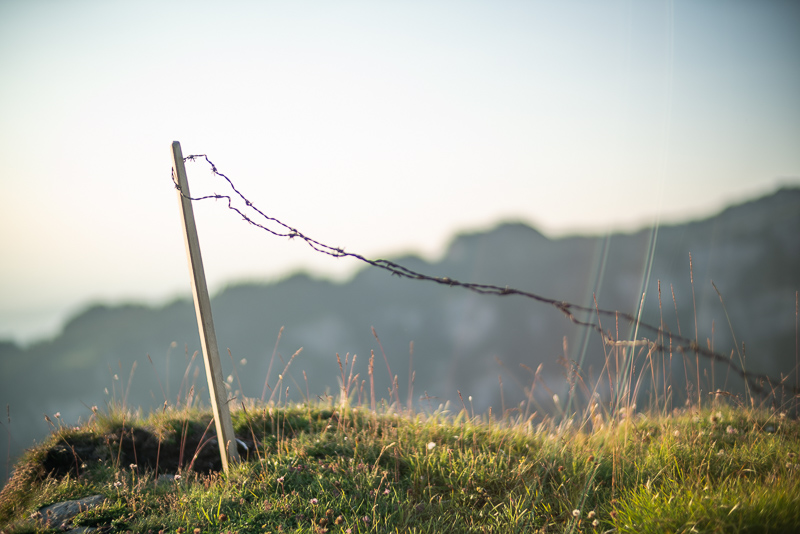
Focus shift
50% crops, A7rII
With some lenses when stopping down the plane of optimal focus shifts to the back or the front. Here there is a slight focus shift visible. When using the rangefinder this can be something to watch out for at close distances, on a camera equipped with live view best use working aperture.
Alternatives
I will only cover the really obvious alternatives in detail here, but if you ended up here by accident and you are looking for a slower 50mm lens or even an AF lens may have a look at our Guide to 50mm lenses for Sony E-mount.
E-mount
Zhong Yi 50mm 0.95 E II and III:
Interestingly the M-mount lens reviewed her shows significantly better infinity performance, from my memories the E-mount lenses were a bit stronger at portrait distance though and offered slightly smoother bokeh towards the corners.
buy from Amazon.com | ebay.com | B&H | Amazon.de for $679 (affiliate links)
Zenitar 50mm 0.95 E:
Still holds the crown of being the worst lens reviewed by us. Stay away from this one.
Voigtlander 50mm 1.2 Nokton E:
If you are not after that f/0.95 maximum aperture this Voigtlander is a better lens in many ways (especially flare resistance) and way more portable.
buy from CameraQuest | B&H | Robert White | amazon.com | ebay.com | ebay.de for $999 (affiliate links)
M-mount
TTArtisan 50mm 0.95 M:
From the outer appearance the TTArtisan 50mm 0.95 M and this Zhong Yi 50mm 0.95 M look very similar: size, weight, filter diameter and also price are very comparable.
But if you look beyond the spec sheet the differences are plenty and I already tried to talk about them in each category, but will summarize the important ones here.
The TTArtisan looks better when it comes to build quality, as well as sunstars and slightly better when it comes to off center sharpness at mid distances and flare resistance whereas the Zhong Yi looks better in terms of vignetting, sharpness at infinity, coma correction and slightly better when it comes to bokeh rendering and distortion.
Choose the lens that better fits your applications!
buy from amazon.com | amazon.de | B&H | ebay.com | ebay.de for $755 (affiliate links)
Leica Noctilux-M 50mm 0.95:
I have never used this lens personally, mainly due to it being roughly 12 grand. I would expect the Leica lens to do better in certain scenarios (e.g. flare resistance) but I cannot compare these lenses personally due to reasons mentioned above.
If you have a spare 12 grand and want to check please consider using one of these affiliate links.
buy from amazon.com | amazon.de | B&H | ebay.com | ebay.de for $12.500 (affiliate links)
SLRmagic 50mm 0.95 Hyperprime:
It seems this has only been manufacturerd for a short time and I don’t know much about it. There is a test at opticallimits that might give you an idea.
7Artisans 50mm 1.1:
This is a very different lens as it is not optimized to give smooth bokeh at maximum aperture but rather nervous bokeh with lots of field curvature. Does not fit my taste, but maybe the cheapest option to get a new very fast 50mm lens.
buy from amazon.com | amazon.de | B&H | ebay.com | ebay.de for $349 (affiliate links)
Voigtlander VM 50mm 1.2 Nokton:
See E-mount version above.
buy from CameraQuest | B&H | amazon.com | ebay.com | ebay.de for $1.059 (affiliate links)
Conclusion
good
|
average
|
not good
|
As a Sony user:
This is now the 6th 50mm 0.95 lens that I have tried/reviewed and if you look at the table above it may not seem like such a great lens at first sight with many entries in the “average” column, yet a 50mm 0.95 lens with (almost) no entries in the disadvantages column could be considered a great archivement, keeping in mind how difficult it is to design such a lens while staying in reasonable limits of price and size (see Nikon 58mm 0.95 or Leica 50mm 0.95).
What surprised me here was the good performance at infinity in terms of sharpness and coma correction when you stop the lens down a bit, the Zhong Yi 50mm 0.95 M clearly surpasses its E-mount brothers as well as the TTArtisan 50mm 0.95 M here.
Therefore this M-mount version is a slightly more versatile lens, as I would not mind using it for some infinity landscape shooting, too.
If this is something that kept you from buying one of the E-mount versions you may actually be more happy adapting this M-mount version to your Sony camera.
Like with the previous Zhong Yi lenses the achilles heel is still the flare resistance. That the lens does not ship with a hood is not making things better, even though it is questionable if it would have really helped.
When the conditions were right (no point light sources in or close to the frame) the lens was enjoyable to use and gave – to my eyes – pleasing results.
As a Leica user:
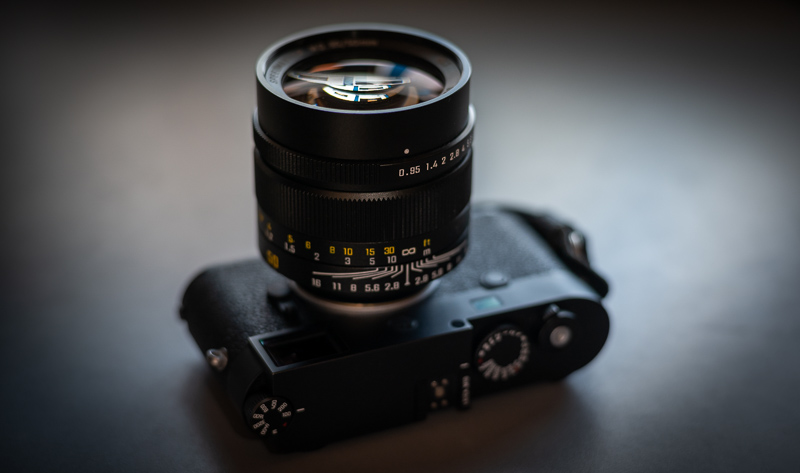
I will assume that you can not afford the Leica Noctilux 50mm 0.95, so in this case the TTArtisan 50mm 0.95 is the only real alternative left, therefore I talked about the differences in great detail in every section and summarized them in the alternatives section.
Let me add: none of these two lenses is perfect, both come with compromises that you either must be willing to take or work around, but if you are looking for an affordable 50mm 0.95 lens I would rather recommend this Zhong Yi lens, as in the end I was more pleased by the results I got from it.
buy from manufacturer’s shop, amazon.com or B&H for $499 (affiliate links)
Sample Images

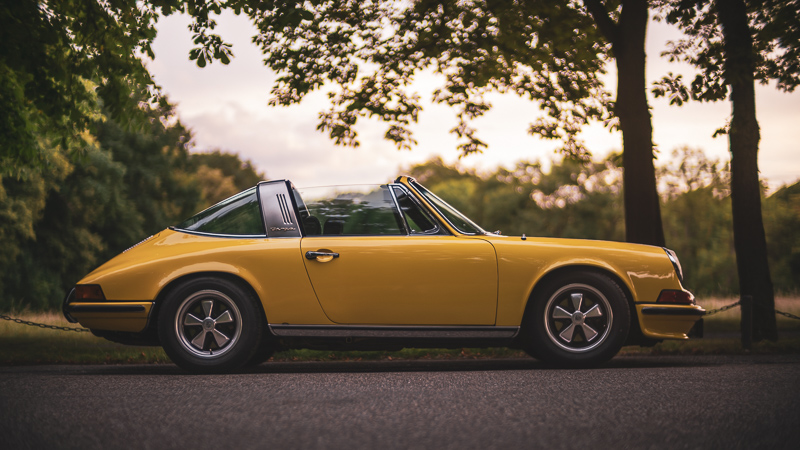

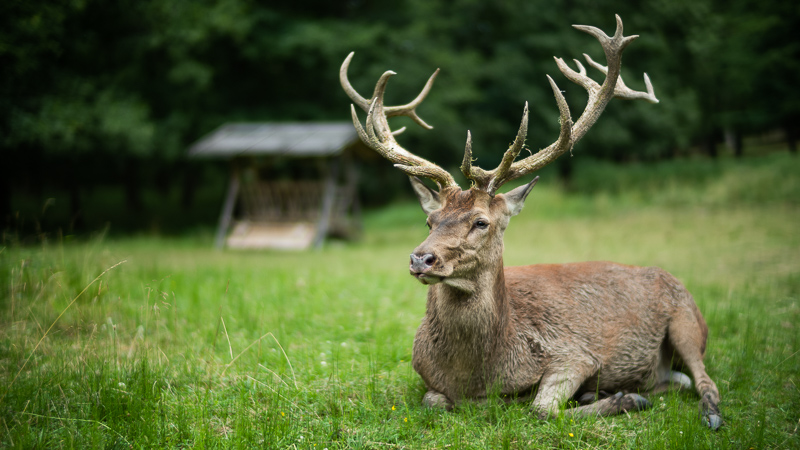
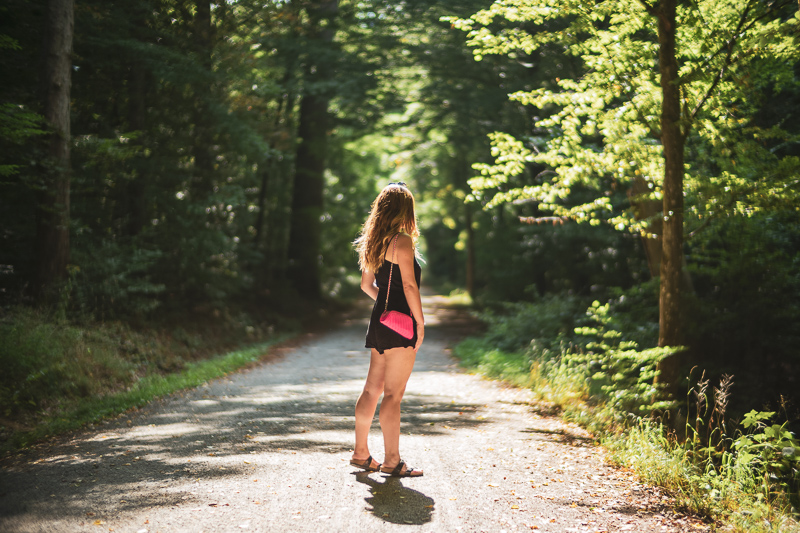
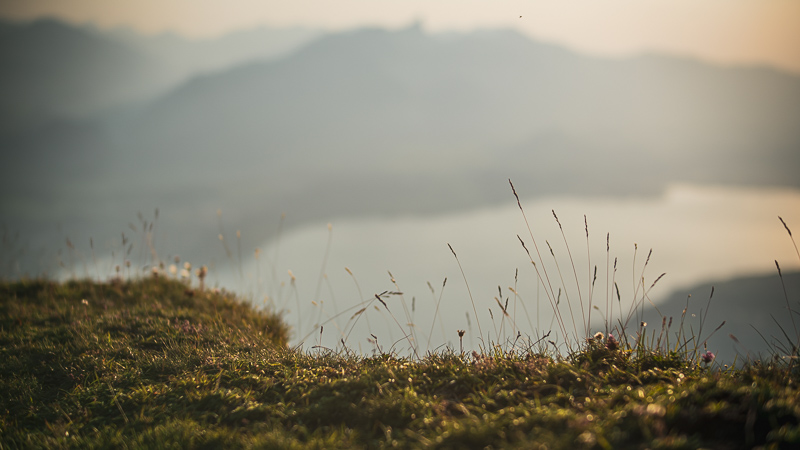
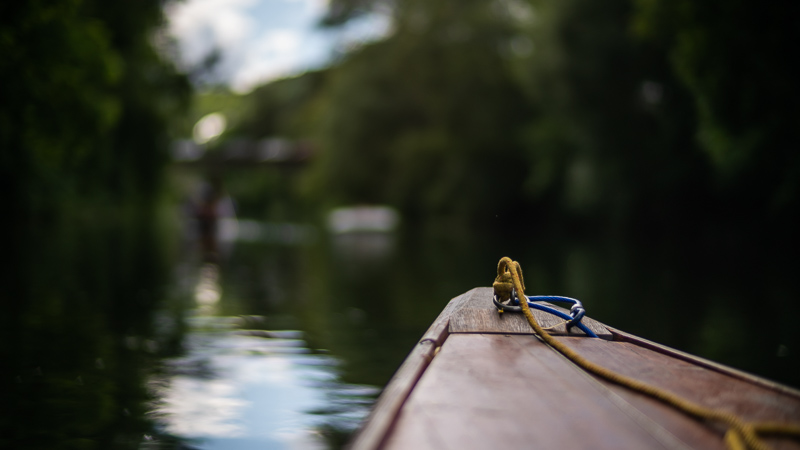
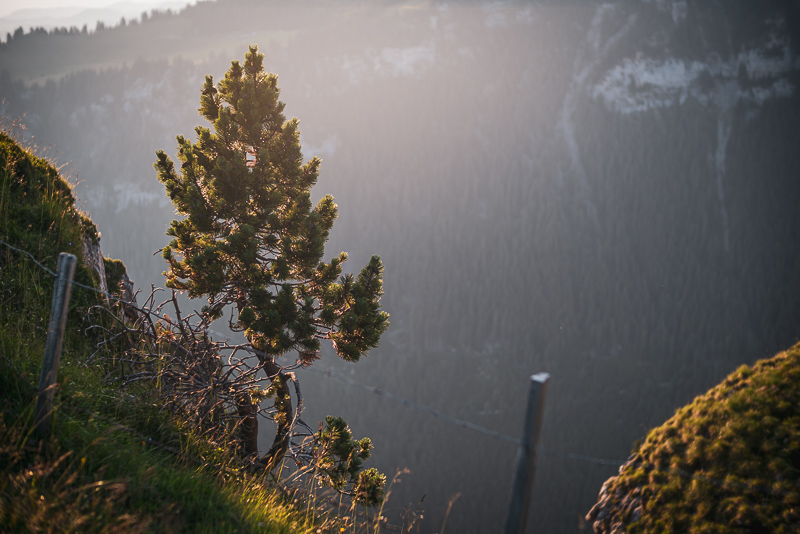
Most of the sample images in this review can be found in full resolution here.
Further Reading
- Sony FE lenses: Our comprehensive and independent guide
- Best lenses for Astrophotography
- Review: Sigma 35mm 1.2 Art
- Review: Zhong Yi 135mm 1.4
Support Us
Did you find this article useful or just liked reading it? Treat us to a coffee!
![]()
![]()
![]() via Paypal
via Paypal
This site contains affiliate links. If you make a purchase using any of the links marked as affiliate links, I may receive a small commission at no additional cost to you. This helps support the creation of future content.
Latest posts by BastianK (see all)
- Review: Viltrox FE 16mm 1.8 AF - October 22, 2024
- Review: Voigtländer 28mm 1.9 Ultron - October 19, 2024
- Review: Sony FE 20-70mm 4.0 G - October 12, 2024







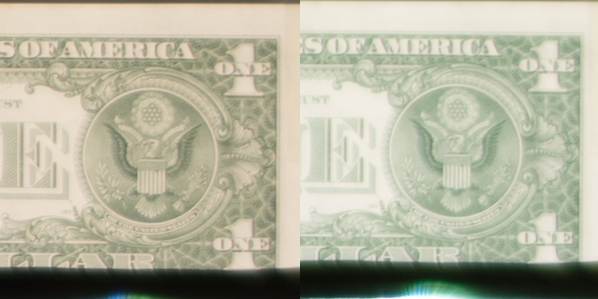
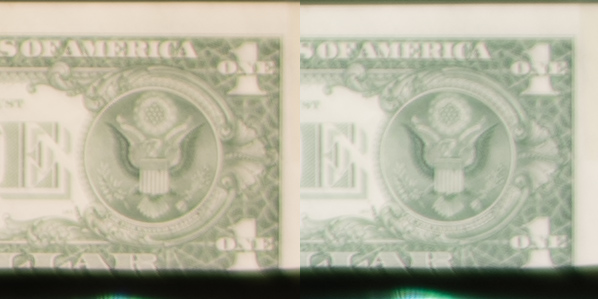
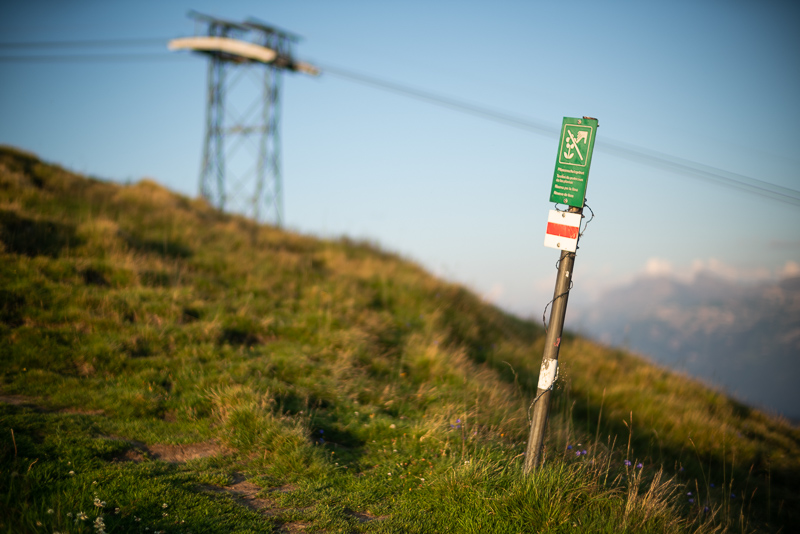
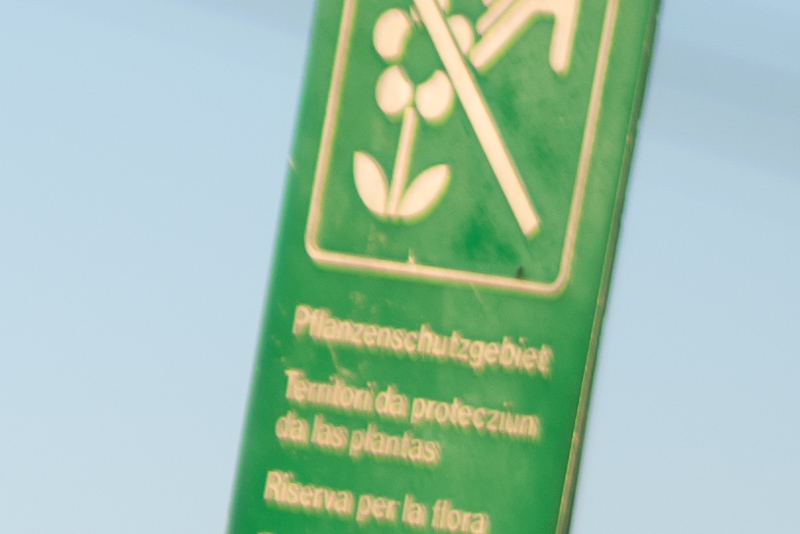



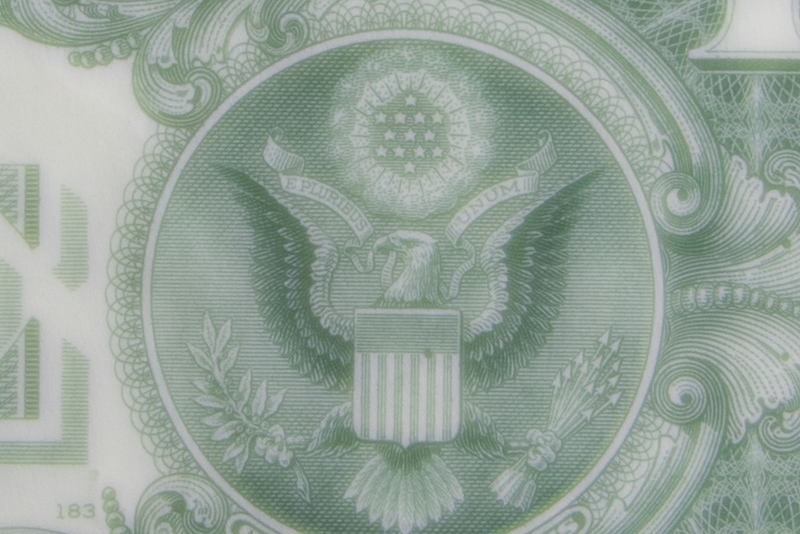

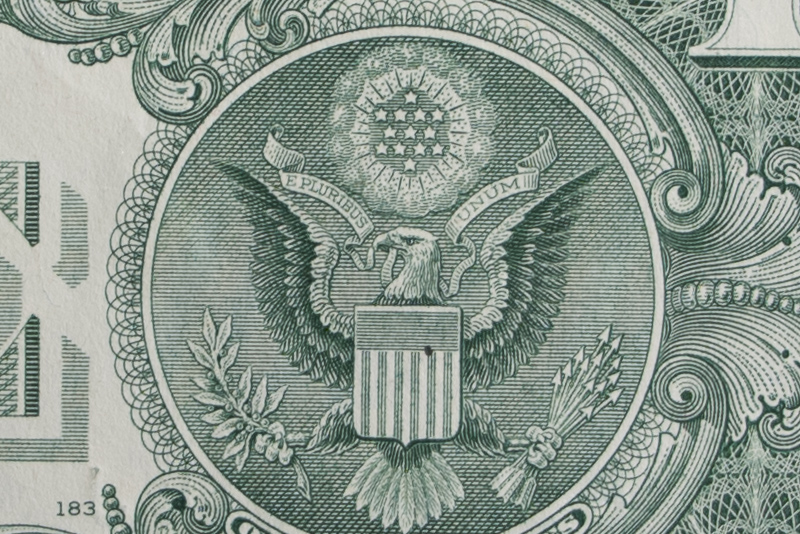
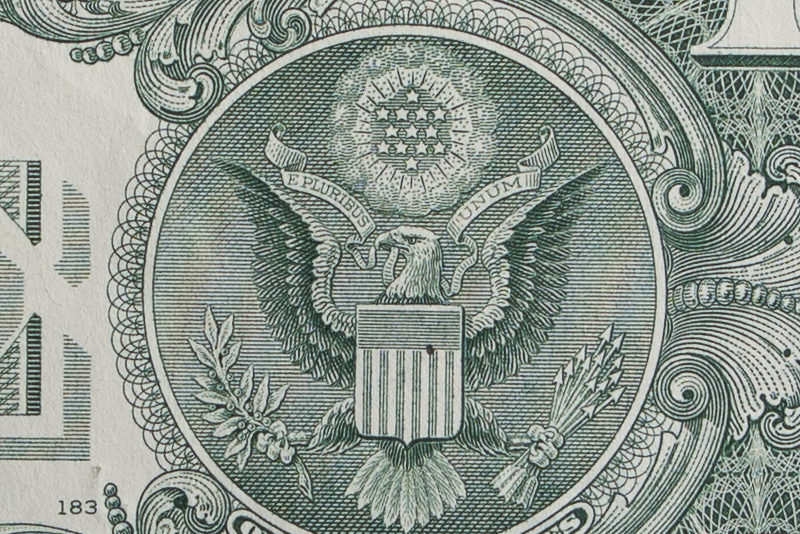
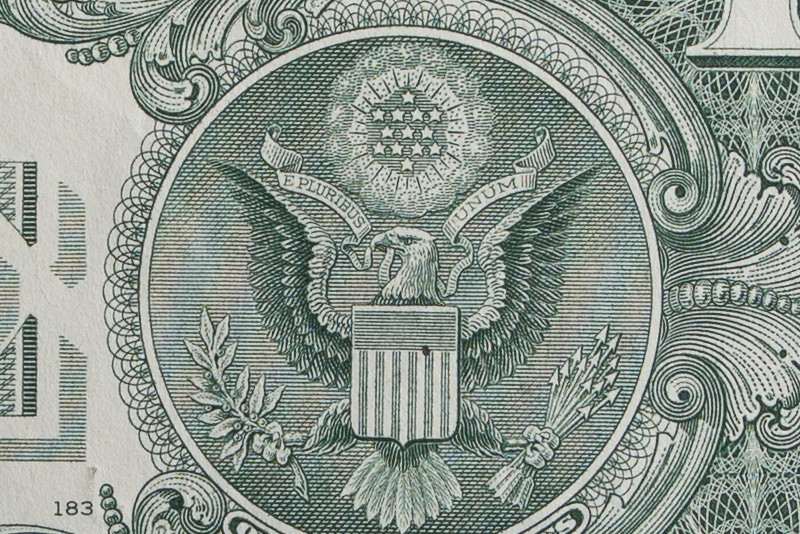



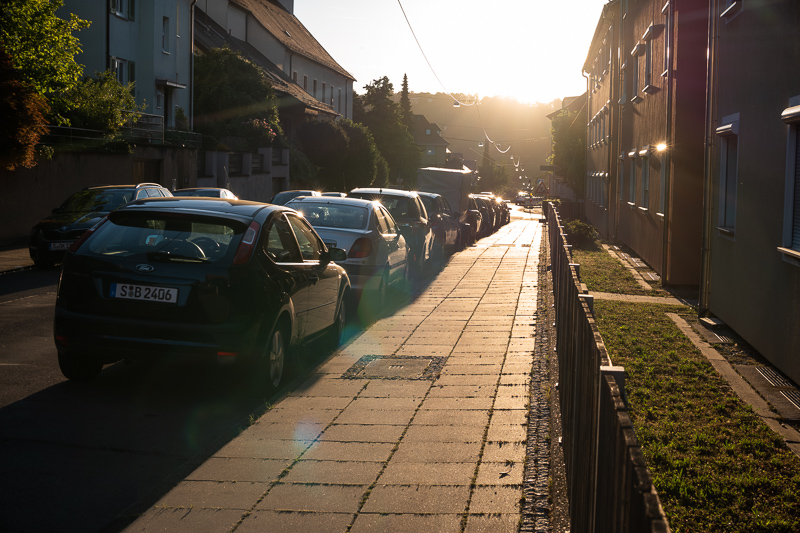
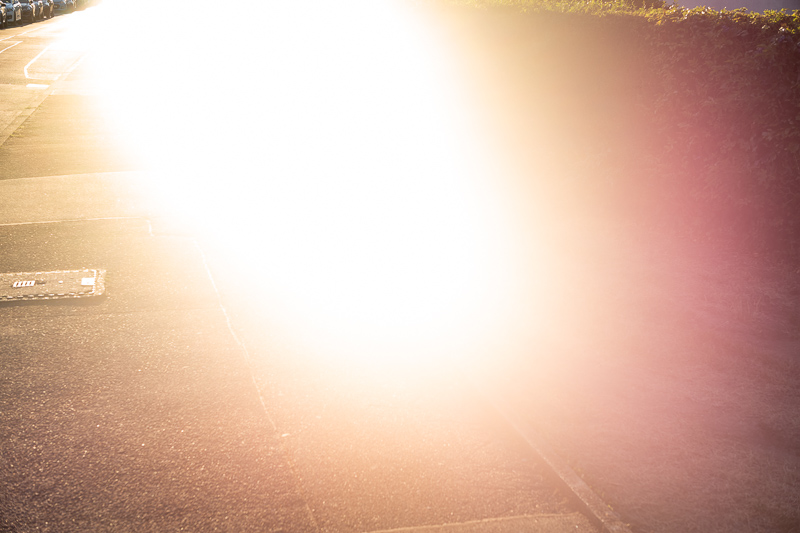


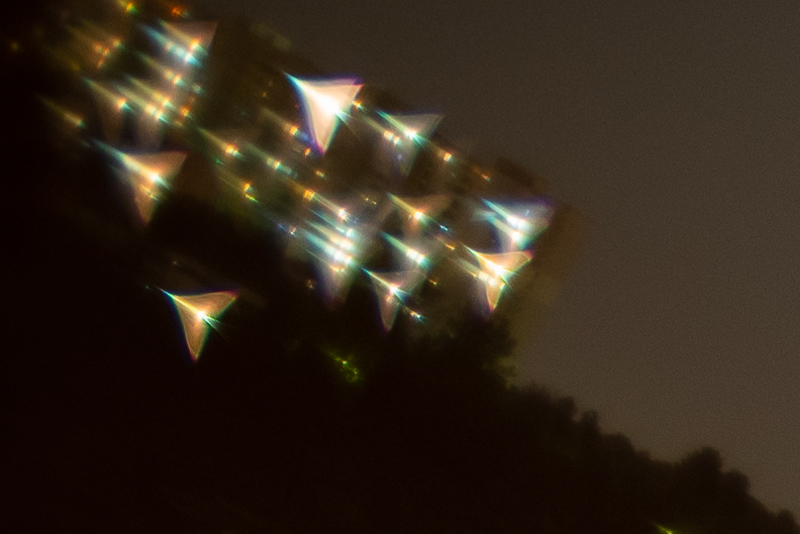
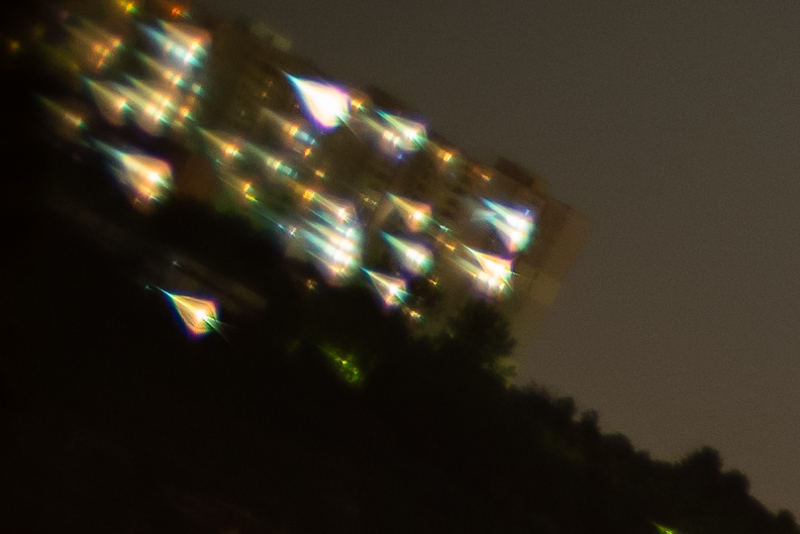
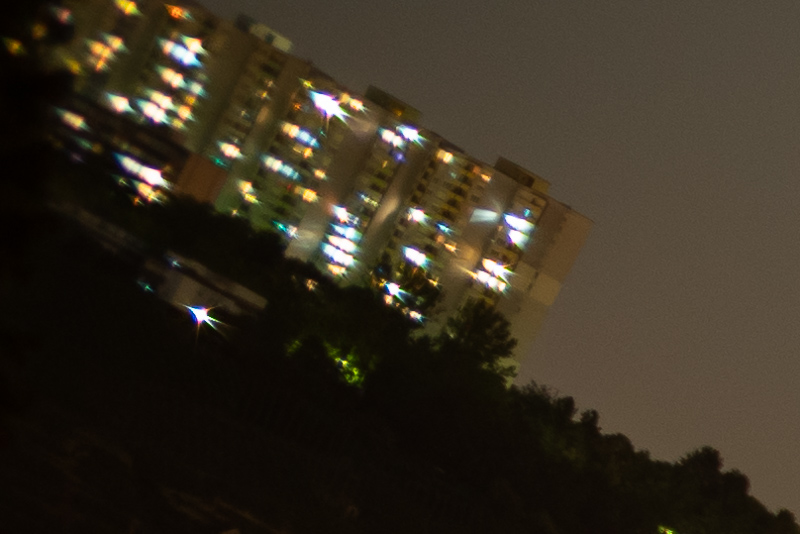
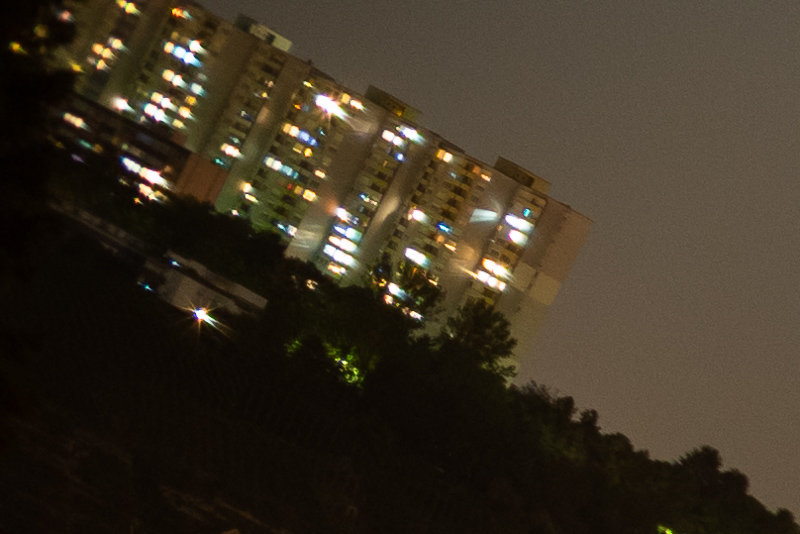
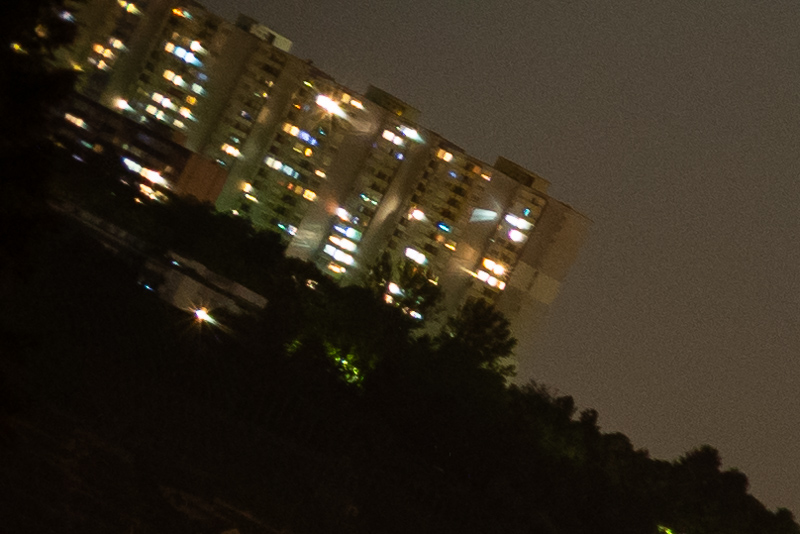
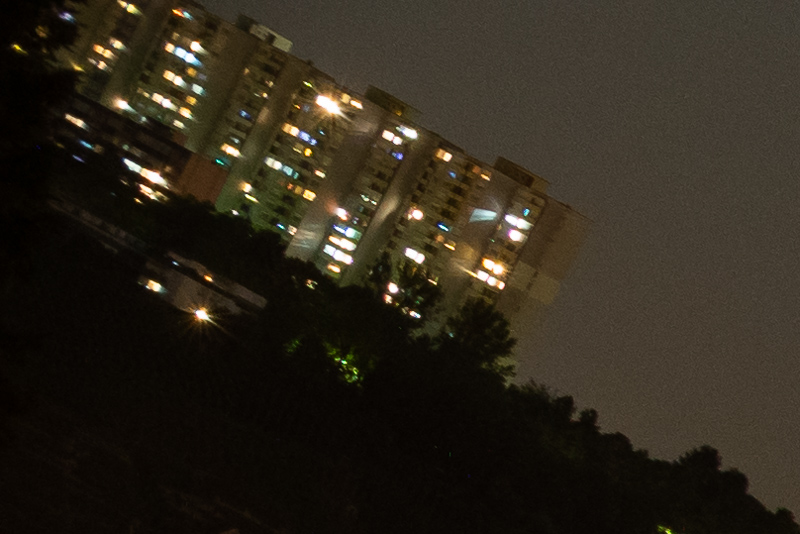
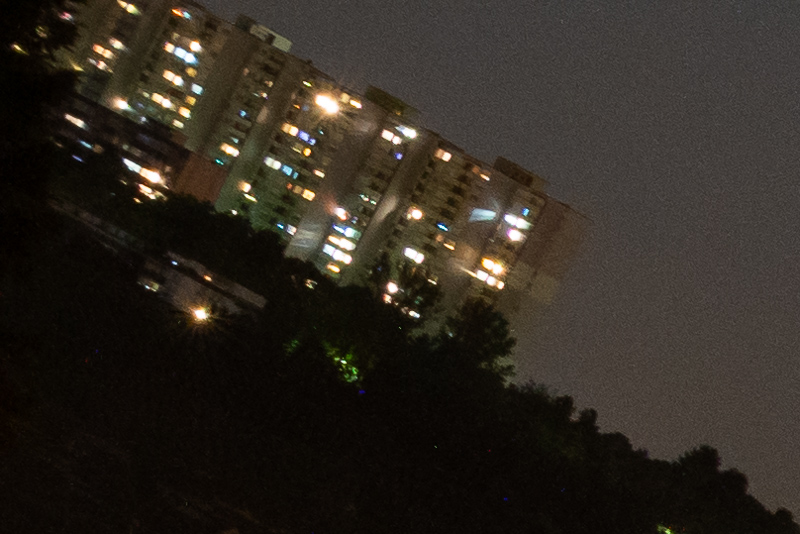
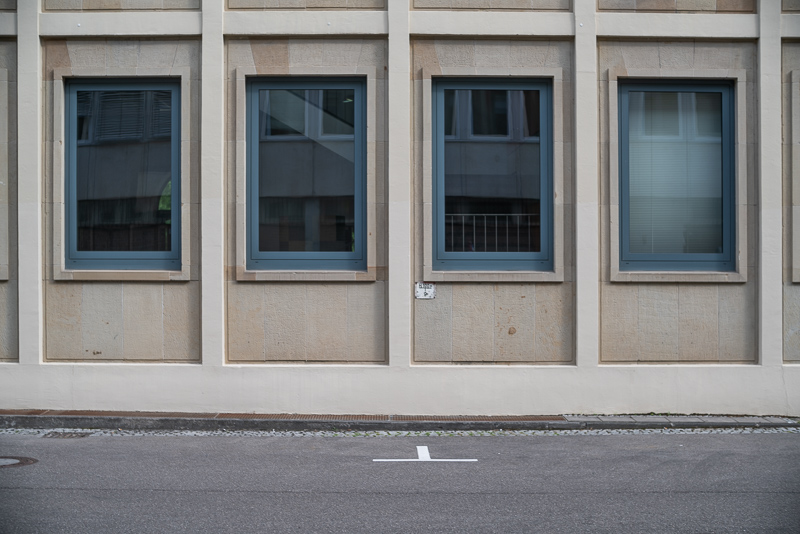
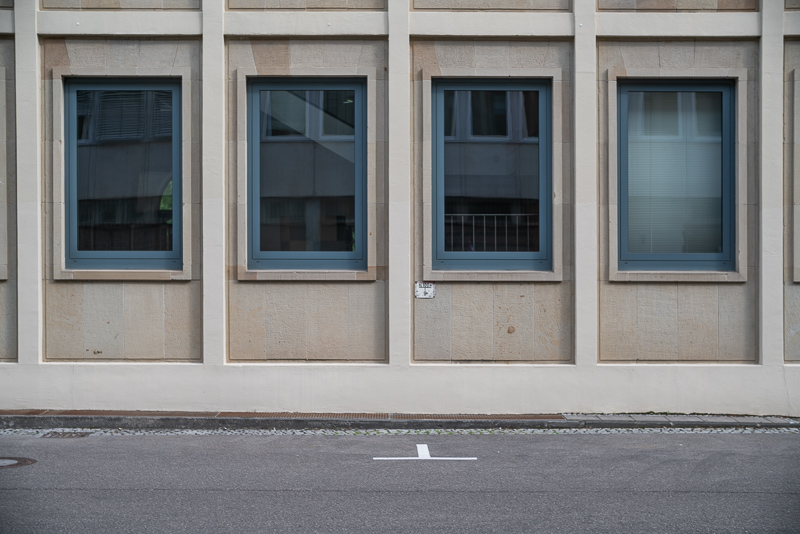
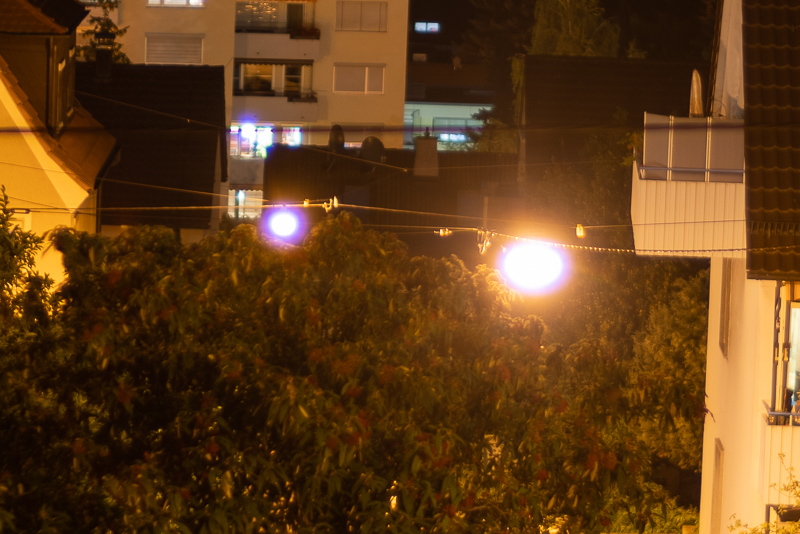
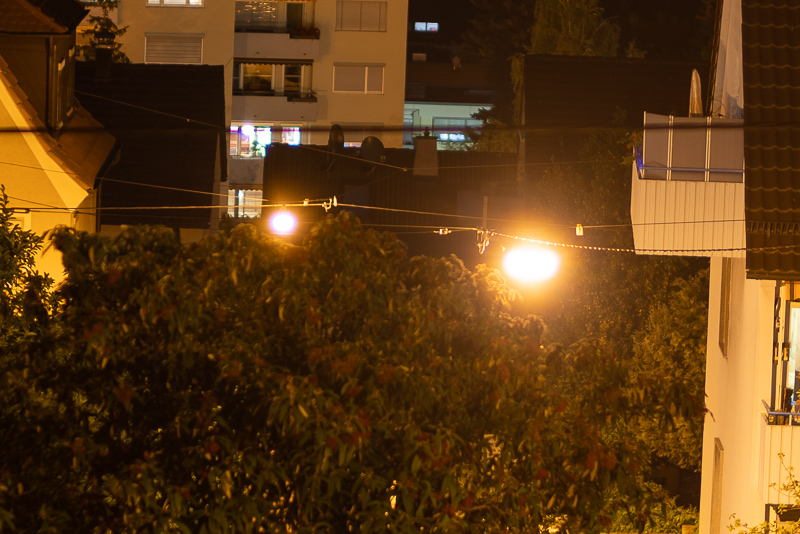
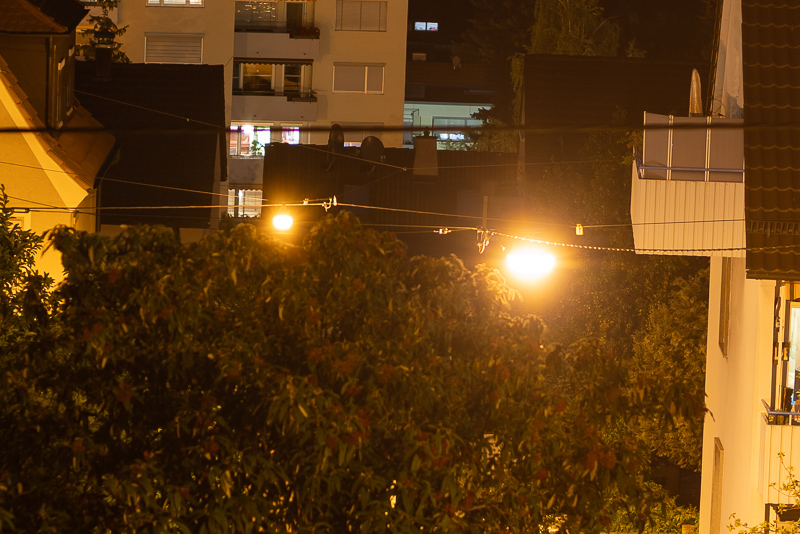
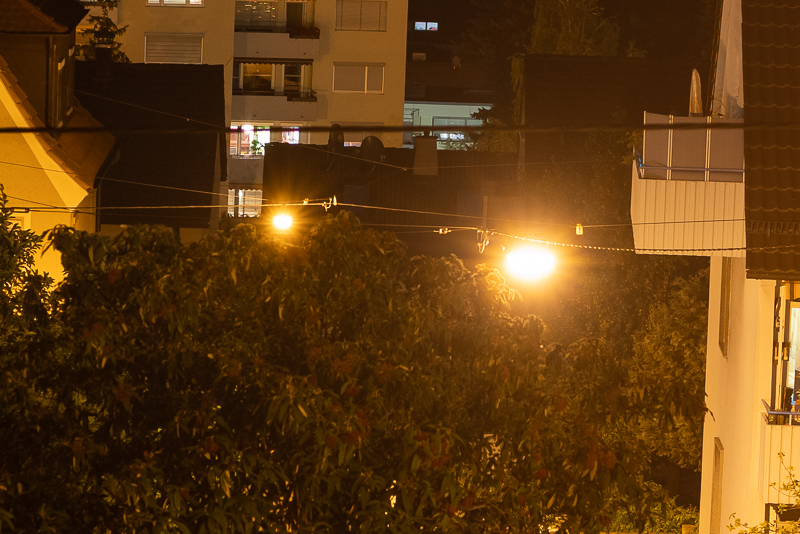
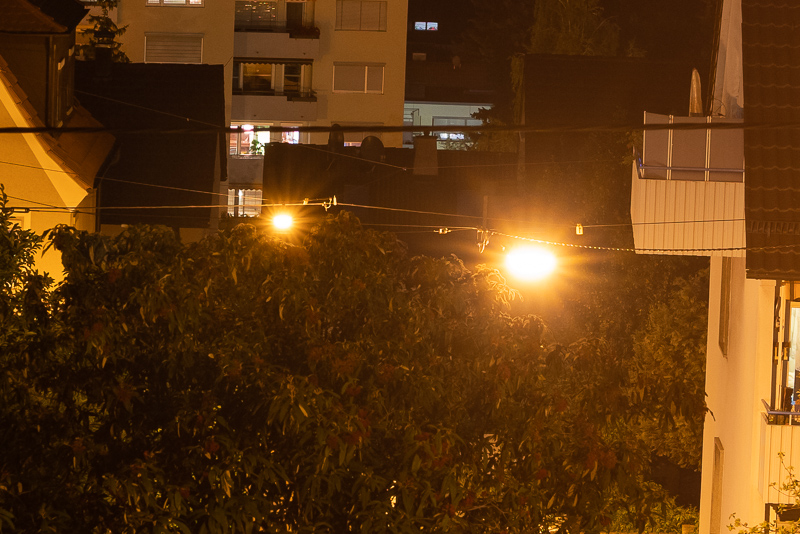


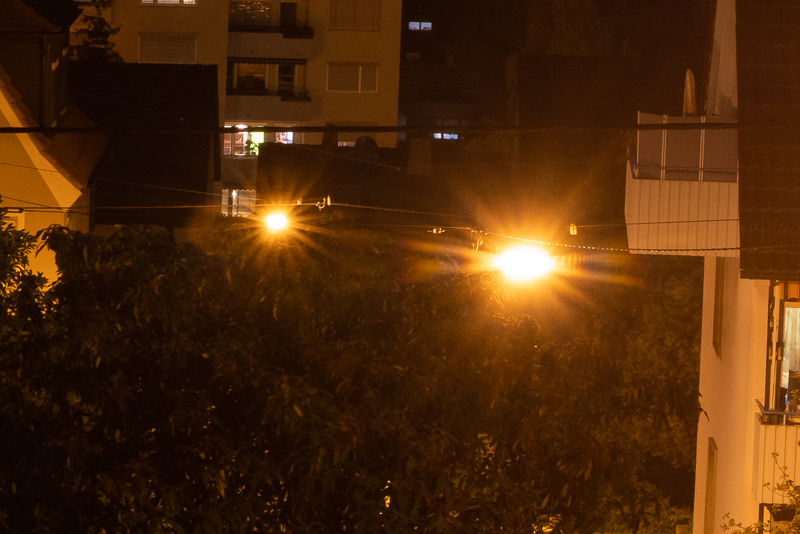
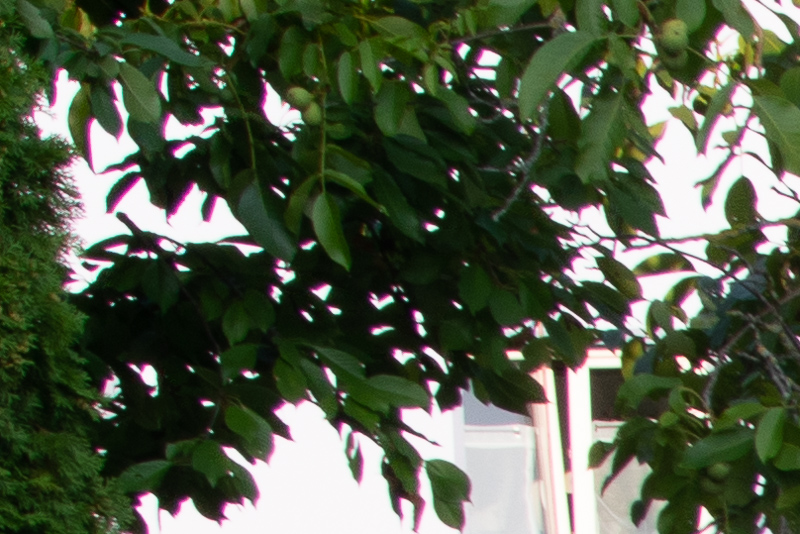

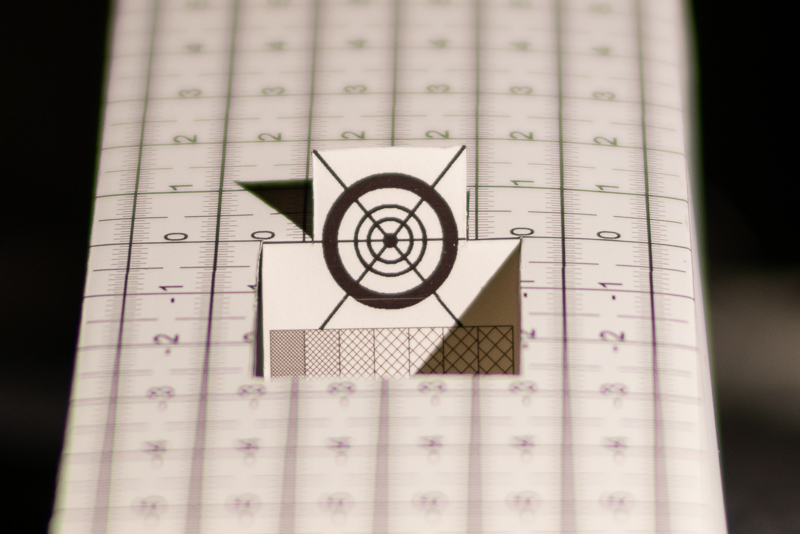
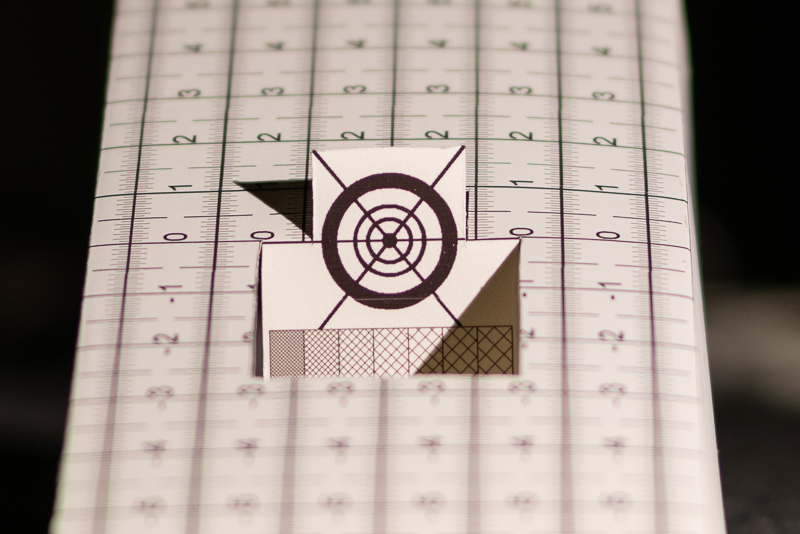
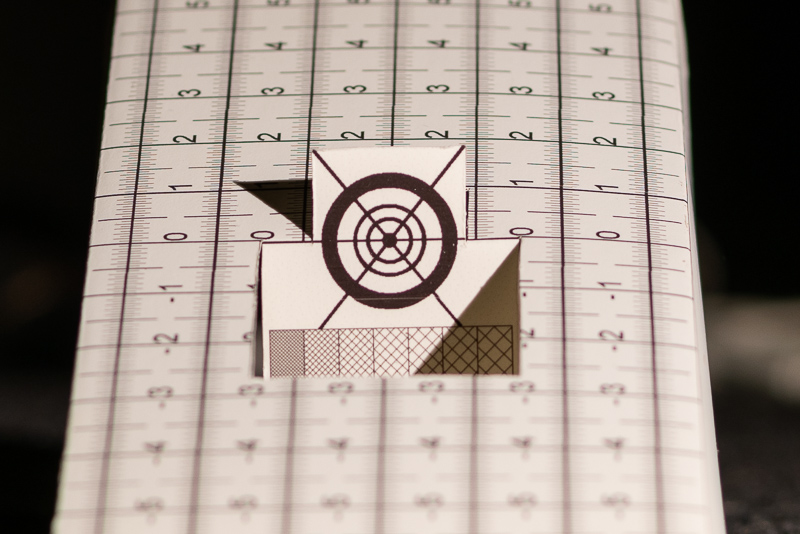

The amount of 50/0.95 lenses that are native/adaptable to Sony is getting confusing.
Not something one could’ve expected just a few years ago, right?
Indeed so…
Simply get a 85mm f1.4.
Same background blur, but much better IQ.
These f0.95 lenses are just a marketing fad.
But different field of view, which matters when it come to creative purposes. To each his own…
You are comparing apples to oranges. A 50mm has a normal perspective / angle of view while a 85mm is a short telephoto. That makes a big difference in how the image appear in most scenarios. Those who want a 50mm will not use a 85mm and vise versa.
Juste came to see your pictures.
Great ones again!
Thank you 🙂
Are you planning to test the Zhong Yi EF 50/0,95 as well? Given the size difference, it must be a very different construction.
I’ve read and enjoyed the photography articles on this site for several years. Thanks for all the good work, given away for free!
I have tried it and it is really bad.
Not worth my time reviewing it.
Another lens I don’t need to dream about, then 🙂 Thanks for the quick reply!
I wonder if the Canon EF version uses a floating element. Some Mitakon lens use a floating element without it being advertised (Zhong Yi 90mm F/1.5 has a floating element, for example). Could be the flange distance on the adapter screwing up the image, or it could just be a remarkably bad optical design. Short flange distance + floating element would really screw up a fast lens.
The optics are simply very bad, regardless of adapter.
I have used that lens, but it was too bad to waste my time writing a review on it.
I already reviewed the dreadful Zenitar 50mm 0.95 E and wasn’t interested in going down that road again.
Tired for those Chinese 0.95 lens. Sold my TTArtisan 0.95 lastly and happy using Voigtlander 75 1.5 on my Leica SL now. I should not struggle in 0.95 and get slight longer focal to get same blur and sharp wide open early.
Hi,
Following your 0,95 “novel”, I had the idea to ask to Meyer Goerlitz a track to get a 50 f0,95 Nocturnus.
Here their reply particularly intesteresting about the “link” with Mitakon.
Hello Franklin,
A Nocturnus is not available. At the moment we do not have any plans to release a new Nocturnus.
And for your information. The Nocturnus lenses have been based on Chinese lenses by Mitakon. The former owner of Meyer Optik (a company called net SE) have taken out the optics and put it into new mechanics. We stopped that series right away when have taken over Meyer Optik.
Best Regards,
Mit freundlichen Grüßen,
Ihr OPC Optics – Team
OPC Optics LOGO 2
OPC Optical Precision Components Europe GmbH
Mainzer Straße 32
55545 Bad Kreuznach
Phone. +49-671-8876970
Fax. +49-671-88769799
Email. support@opc-europe.de
Web. http://www.opc-optics.de
CEO / Geschäftsführer: Timo Heinze
Registered / Registergericht: Amtsgericht Bad Kreuznach HRB 22867
Steuernr. 06/650/20499 / USt-IdNr. DE319362827
Yes, all the Meyer Optik lenses were just Chinese or Russian lenses in uglier housings.
Wonder why anyone bought that tainted name…
Thanks for the very early review.
Judging by the test images at 2.1m, 1.4m and 0.7m, the Zhong Yi obviously has lower resolution than the TTartisan lens you reviewed recently. To me, performance at these distances is the most relevant for a f/0.95 lens. Being sharp at infinity is desirable of course and will add to the usability, but the f/0.95 aperture will be invisible at that distance (unless there is a significant foreground in view).
So – for your use – why do you end up being more content with the Zhong Yi than the TTartisan lens?
Firstly, had I been super content with either of them I would have bought it, but I bought neither.
It comes mostly down to bokeh. The TTArtisan did show some nasty double edged structures in the transition zone, onion rings and more busy bokeh towards the corners at longer distances. Furthermore, while in the portrait distance tests it fared better, closer to the borders the image quality of the TTArtisan lens drops significantly, see e.g. this picture.
OK, and thanks for your quick reply.
In other words, the similar, but not identical, image you have uploaded to Flickr is not shot @ f/0.95, but stopped down?
As much as I would have liked to have a 50mm f/0.95 lens, it seems there are no good ones. I ended up getting the Nokton f/1.2 Asph VM with that reasoning, but still dream of getting a good 50mm f/0.95 lens one day.
The Nikon Z Noct Nikkor 58mm f/0.95 is just enormous and heavy, but the performance difference between it and all the smaller f/0.95 lenses might explain why it is so. Even the Noctilux is weak next to the Z Noct (from the test images I have seen).
I must have picked a different one for the upload to flickr by accident.
Yes, the one on flickr is I think f/1.4, clearly not f/0.95.
Wait a bit longer, we may get a better one by the end of the year/beginning of next year.
OK. Thanks again!
Regarding the upcoming lens, I will look forward how it performs.
Thanks for another great review.
If you have to pic one, mitakon 50mm f0,95 or Zhong Yi 50mm 0.95 M what wold you pic?
Either a used Zhong Yi 50mm 0.95 MkII or the Zhony Yi 50mm 0.95 M.
Anyone know if or when this lens will be available for pre-order? I hope they didn’t scrap it…
Would you consider the Zhong YI 50MM 0.95 M or the TTartisan 50mm 1.4 for portrait and travel?
0.95 for portrait, 1.4 for travel.
Tanks!
No affiliated link for the Porsche?:D
Hello again Bastian,
Seeing the impressive looking MTF chart here:
https://leicarumors.com/2021/01/25/the-mitakon-zhongyi-speedmaster-50mm-f-0-95-lens-is-now-available-also-for-leica-m-mount.aspx/
I wonder if ZhongYi have improved the optics after you got your review unit. Have you any information indicating that?
I understand that the closest focus distance is changed from 0,75m to 1m, but the description and MTF chart seems to imply that the lens should perform better at 2,1m and 1,4m distance than the sample you got for test. Or should I just write that off as marketing talk?
Best regards,
Lars
I expect those are just very optimistic computed MTF.
I thought the hood is included and an extendable hood construction… Hard ti believe you oversaw this? Is the clos focus distance definately a 1 m distance now??
Don’t know where you got that hood idea from. Mfd 1.0m in the final production model, yeah…
Hi Bastian, it does seem the final model has a build in hood:
https://www.kenrockwell.com/tech/mitakon/50mm-f095/D3S_7549-hood.jpg
You didn’t miss it, going by your pics it was missing from the pre-production model you recieved for review.
Whether it really helps much is of course another question.
Indeed. I always like retractable hoods, but making the minimum focus distance 1.0 instead of 0.7 m really ruins the final production model for me…
This is an f/1.06 lens, rather than an f/0.95 lens. This has been shown at photonstophotos, check it out in the “Optical Bench” tool on their site.
Interesting. I wonder, if 7Artisans 50/1.05 is more truthful in their specifications.
Unfortunately, no one seem to have compared real light transmission of these super-fast fifties.
In between Bastian has done this, see his great comparison of Super Fast 50mm M-mount Lenses, section “Relative transmission”:
https://phillipreeve.net/blog/comparison-super-fast-50mm-m-mount-lenses/#Relative_transmission
Thank you again, Bastian!